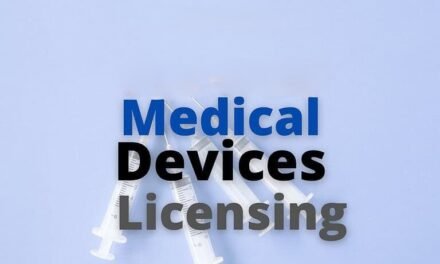
What certifications are required for exporting medical devices from India?

Exporting medical devices from India necessitates compliance with both domestic regulations and the specific requirements of the destination countries. Manufacturers must ensure their products meet international quality and safety standards to facilitate market access. Below is an overview of the essential certifications and documentation required for exporting medical devices from India:
1. Free Sale Certificate (FSC)
- Purpose: An FSC verifies that the medical device is legally sold or distributed in the Indian market and complies with local regulatory requirements.
- Issuing Authority: The Central Drugs Standard Control Organisation (CDSCO) issues the FSC upon request.
- Requirement: Many importing countries mandate an FSC to ensure the device is approved and marketed in the country of origin.
2. Quality Management System (QMS) Certification
- ISO 13485 Certification:
- Purpose: ISO 13485 specifies requirements for a QMS where an organization needs to demonstrate its ability to provide medical devices and related services that consistently meet customer and applicable regulatory standards.
- Requirement: While not mandatory for all exports, ISO 13485 certification is highly regarded internationally and often required by importing countries to ensure product quality and safety.
3. Product Testing and Compliance
- International Standards:
- IEC 60601: For electrical medical equipment, compliance with IEC 60601 standards ensures safety and performance.
- ISO 10993: Pertains to the biological evaluation of medical devices.
- Testing: Devices should be tested by accredited laboratories to confirm compliance with relevant international standards.
4. Country-Specific Regulatory Approvals
- United States: The U.S. Food and Drug Administration (FDA) requires medical devices to be registered and, in some cases, to have premarket approval.
- European Union: Devices must obtain CE marking, indicating conformity with EU safety and performance requirements.
- Other Regions: Each country may have its own regulatory body and specific requirements; manufacturers must ensure compliance accordingly.
5. Additional Documentation
- Technical File: Comprehensive documentation detailing the device’s design, manufacturing process, risk assessment, and compliance with applicable standards.
- Declaration of Conformity: A statement by the manufacturer asserting that the device meets all regulatory requirements of the destination country.
- Clinical Evaluation Reports: Evidence of the device’s safety and performance based on clinical data.
6. Authorized Representation
- Local Representation: Some countries require foreign manufacturers to appoint a local authorized representative to facilitate communication with regulatory authorities and manage post-market surveillance.
7. Labeling and Language Requirements
- Compliance: Ensure that labeling meets the regulatory standards of the importing country, including language specifications and necessary warnings or instructions.
Key Considerations
- Regulatory Intelligence: Stay informed about the regulatory requirements of target markets, as non-compliance can lead to delays or rejection of products.
- Harmonization Efforts: Engage with international regulatory harmonization initiatives to streamline the approval process across multiple jurisdictions.
- Continuous Monitoring: Regularly update certifications and maintain compliance with evolving standards and regulations in both domestic and international markets.
By securing the necessary certifications and adhering to the regulatory requirements of both India and the destination countries, manufacturers can effectively navigate the complexities of exporting medical devices and ensure successful market entry.


























